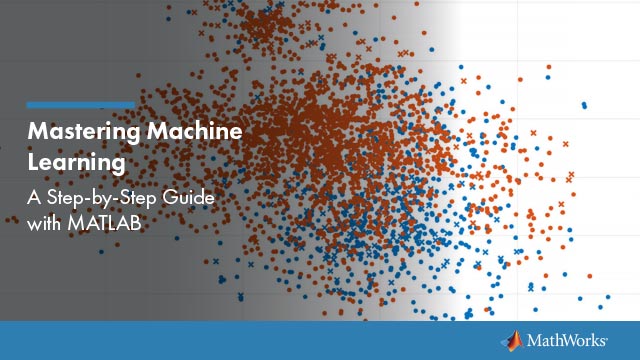Load the sample data.
This simulated data is from a manufacturing company that operates 50 factories across the world, with each factory running a batch process to create a finished product. The company wants to decrease the number of defects in each batch, so it developed a new manufacturing process. To test the effectiveness of the new process, the company selected 20 of its factories at random to participate in an experiment: Ten factories implemented the new process, while the other ten continued to run the old process. In each of the 20 factories, the company ran five batches (for a total of 100 batches) and recorded the following data:
Flag to indicate whether the batch used the new process (newprocess)
Processing time for each batch, in hours (time)
Temperature of the batch, in degrees Celsius (temp)
Categorical variable indicating the supplier (A,B, orC) of the chemical used in the batch (supplier)
Number of defects in the batch (defects)
The data also includestime_devandtemp_dev, which represent the absolute deviation of time and temperature, respectively, from the process standard of 3 hours at 20 degrees Celsius.
Fit a generalized linear mixed-effects model usingnewprocess,time_dev,temp_dev, andsupplieras fixed-effects predictors. Include a random-effects term for intercept grouped byfactory, to account for quality differences that might exist due to factory-specific variations. The response variabledefectshas a Poisson distribution, and the appropriate link function for this model is log. Use the Laplace fit method to estimate the coefficients. Specify the dummy variable encoding as'effects', so the dummy variable coefficients sum to 0.
The number of defects can be modeled using a Poisson distribution
This corresponds to the generalized linear mixed-effects model
where
is the number of defects observed in the batch produced by factory
during batch
.
is the mean number of defects corresponding to factory
(where
) during batch
(where
).
,
, and
are the measurements for each variable that correspond to factory
during batch
. For example,
indicates whether the batch produced by factory
during batch
used the new process.
and
are dummy variables that use effects (sum-to-zero) coding to indicate whether companyCorB, respectively, supplied the process chemicals for the batch produced by factory
during batch
.
is a random-effects intercept for each factory
that accounts for factory-specific variation in quality.
Userandomto simulate a new response vector from the fitted model.
Display the first 10 rows of the simulated response vector.
ans =10×13 3 1 7 5 8 7 9 5 9
Simulate a new response vector using new input values. Create a new table by copying the first 10 rows ofmfrintotblnew.
The first 10 rows ofmfrinclude data collected from trials 1 through 5 for factories 1 and 2. Both factories used the old process for all of their trials during the experiment, sonewprocess = 0for all 10 observations.
Change the value ofnewprocessto1for the observations intblnew.
Simulate new responses using the new input values intblnew.
ynew2 =10×12 3 5 4 2 2 2 1 2 0

